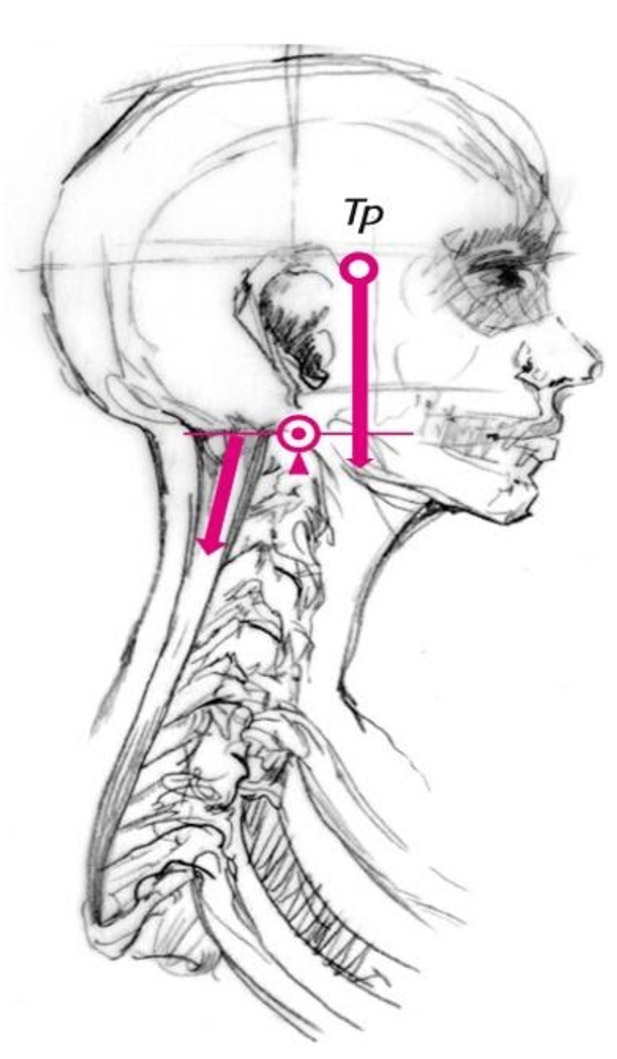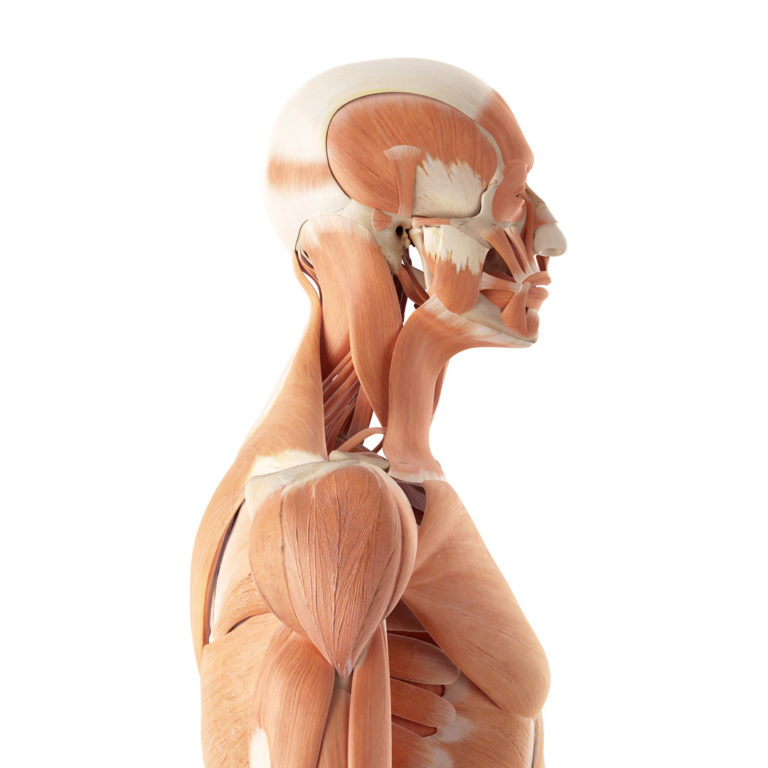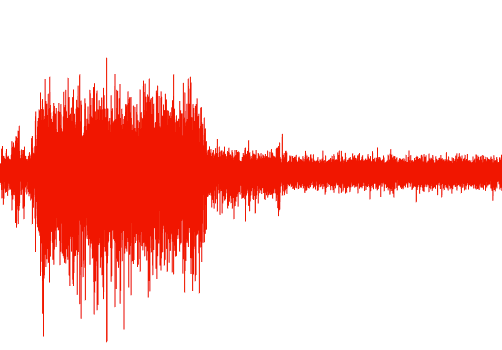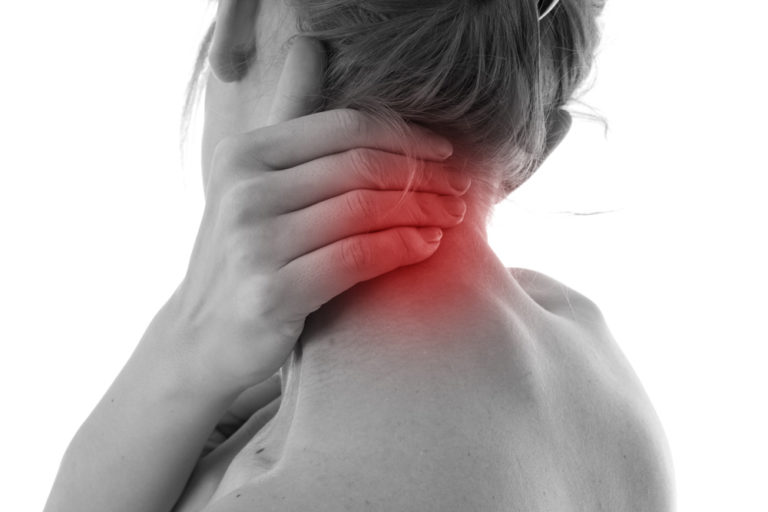How does Spineband help with neck pain?
Muscles that are each other’s antagonists
Movements in the various joints of the body are managed by muscles. An individual muscle causes movement in a joint to take place in a certain specific direction. There is always a muscle that makes a movement in the opposite direction in the same joint. These two muscles are each other’s antagonists. One wants to and can do one thing, while the other wants to do exactly the opposite. The body is so cleverly adapted to managing movements that if one muscle wants to make a movement, its antagonist relaxes so that the movement is not slowed down or hindered completely.
You can very easily try that this is the case. Sit on a chair in front of a table. If you press your palm down to the table with your arm bent (i.e. you try to stretch the elbow joint), you can feel with the other hand that the elbow flexor muscle (Biceps), which sits on the front of the upper arm, is completely loose and relaxed. It is the antagonist of the stretcher muscle (Triceps) and should not hinder this in its attempt to stretch the elbow. If you feel the back of your arm while pressing, that muscle is tense and hard.
Now do the opposite, by holding your hand under the table, and try to “lift” it. You will then be hard and tense on the front of your upper arm and loose and limp on the back. Spineband is based on the fact that if a muscle is tensed, its antagonist relaxes.

Why is it important to activate one’s nick muscles to avoid neck pain?
If the nick muscles are tensed, the neck muscles relax. The muscles around the cervical vertebrae are numerous and with complicated structure. We therefore call all those muscles that bend the head forward so the chin reaches towards the chest nick muscles and those that hold the head up and bend it backwards for neck muscles. If you can get the nick muscles to keep your head in the right place instead of the neck muscles, the neck will get the necessary relaxation and rest.
Spineband has a rubber band that is tensioned in one position so that the head is a little too much bent back towards normal. You are now forced to tense the nick muscles so that the head comes in the right place and then the neck muscles will automatically be forced to relax. Sim sala bim! As if by magic, you can hold your head in place without tense neck muscles. They can rest while the nick muscles and slightly taut rubber band take care of the correct posture of the head.
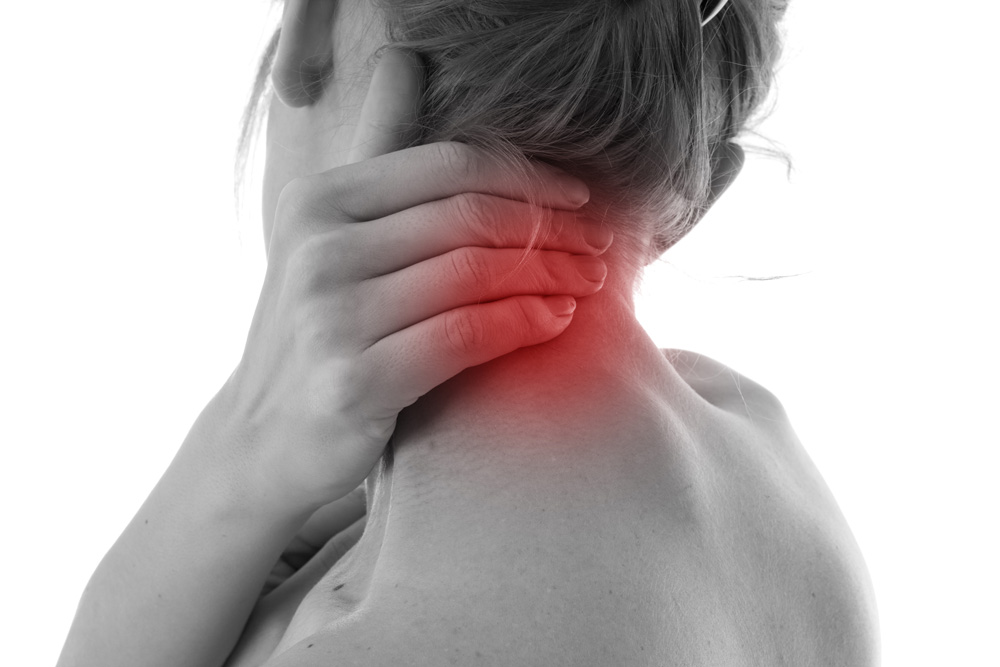
Relieve your neck muscles with Spineband
In the figure you can see how the weight of the head (about 5 kg) is located with its center of gravity (Tp) about 3-5 cm in front of the upper cervical vertebra. The neck muscles are located approximately the same distance behind the same cervical vertebra. If you imagine the cervical vertebra as the center of a seesaw, the neck muscles must pull the head back with a force equal to just 5 kilograms.
It is the muscles built for and should easily cope with. If you now imagine that the head is bent forward, then the power arrow from Tp is getting further and further out on the seesaw and requires ever greater force from the neck muscles to stabilize the head in the new more strenuous position. For a long time, letting the neck muscles work with loads that can be 2-3 times higher than normal gives fatigue and pain that can become chronic.
With Spineband, which gives the neck muscles relief even in a normal working position, you have a great opportunity to get rid of your very unpleasant neck problems, together with the training of your injured muscles.
The article is written by Rolf Wirhed.
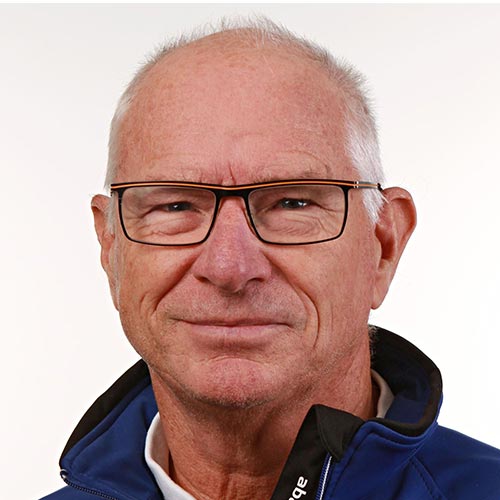
Rolf Wirhed has worked as a senior lecturer at Örebro University for a large number of years. He has a fil.lic. in physics at Stockholm University, supplemented by an education in anatomy in Uppsala. Rolf is the author behind the classic Anatomy with Motion Theory and Strength Training (2012), a book that is highly recommended as an in-depth literature for Biomechanics (2014).
